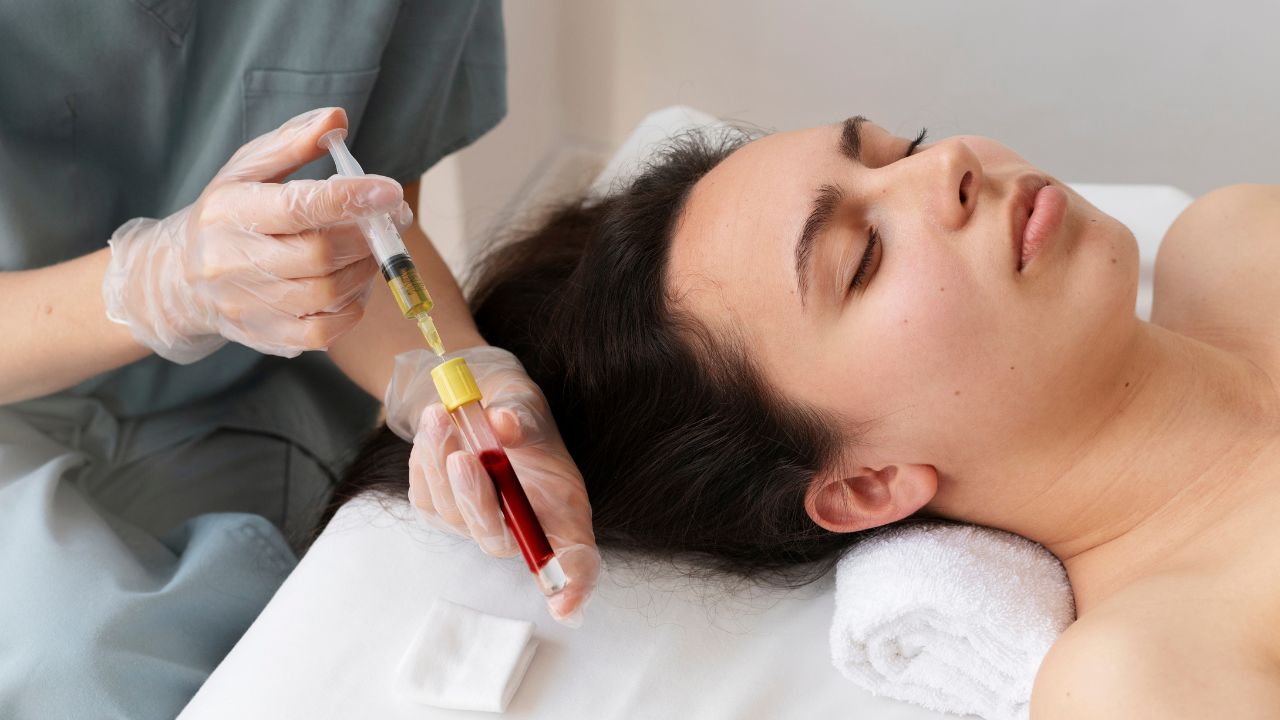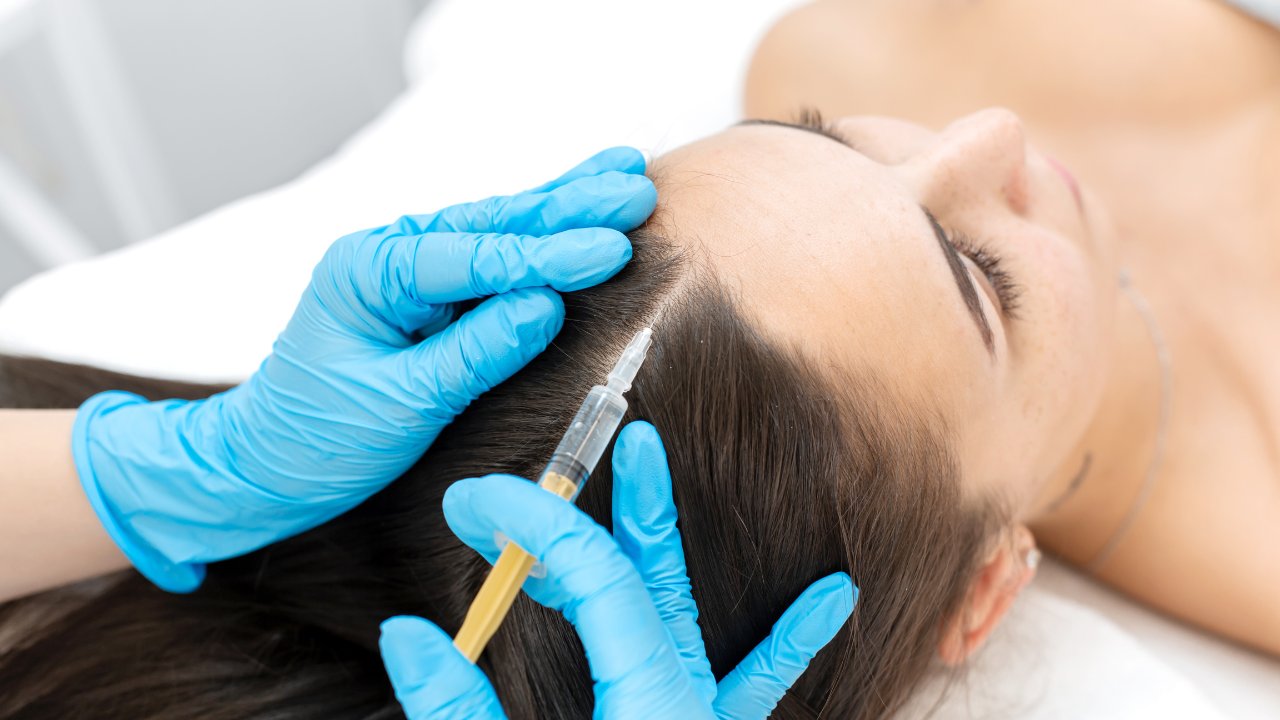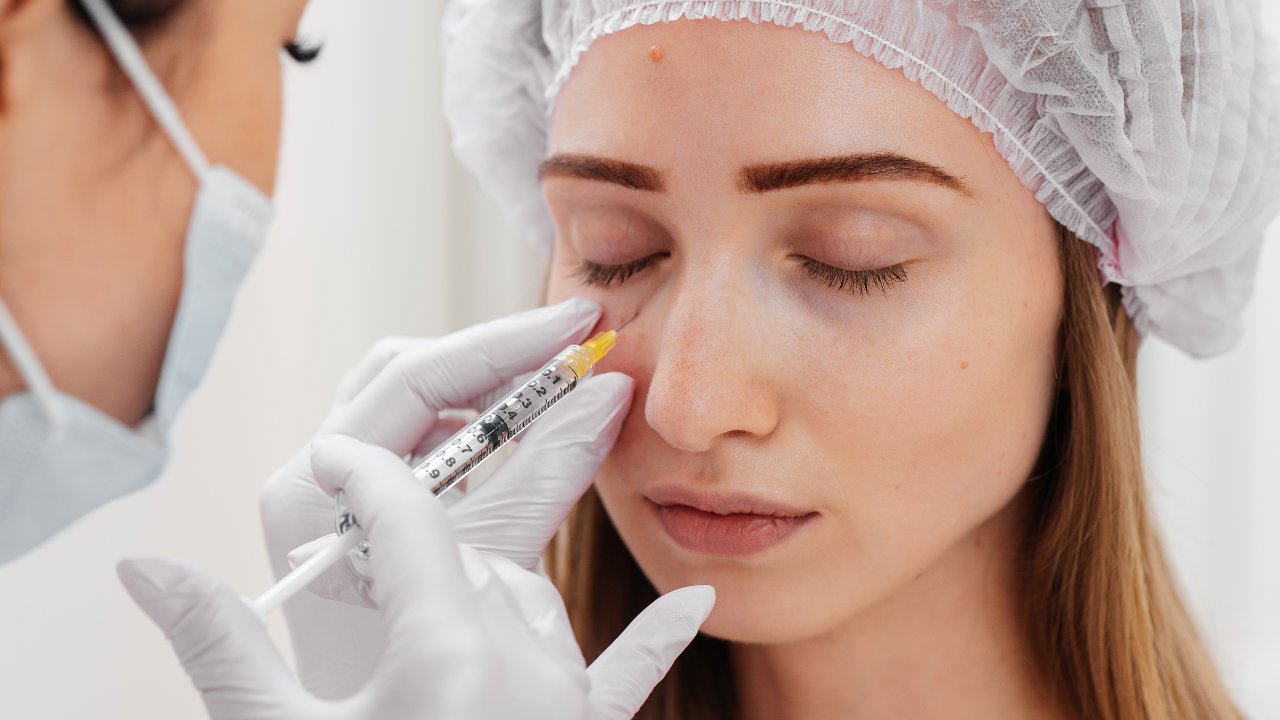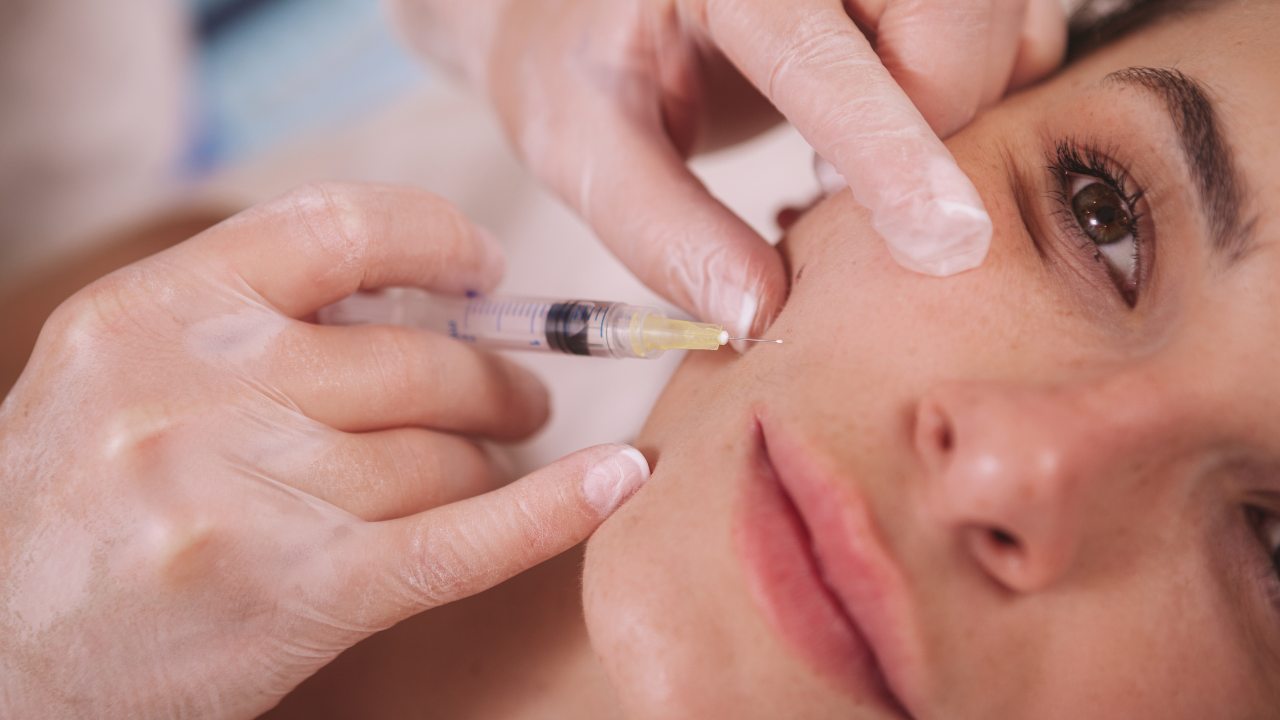Most PRP (platelet-rich plasma) injections cause temporary, local reactions like soreness, swelling, redness, and bruising, usually strongest in the first couple of days. In clinical facial-PRP studies, these effects are common and typically short-lived.
More serious complications are uncommon, but any injection can carry risks like infection, tissue damage, or nerve injury, so choosing a qualified provider and following aftercare matters.
Key takeaways
- Most common: soreness, swelling (edema), redness, bruising.
- Typical swelling window: often improves within a few days, and many people see a noticeable reduction by about a week.
- Rare but important risks: infection, tissue damage, nerve injury.
- Safety depends heavily on technique + sterility (avoid unlicensed/unhygienic settings).
- Call a clinician urgently for fever, spreading redness, worsening severe pain, drainage, chest pain, or breathing trouble.
PRP in short
PRP is platelet-rich plasma made from your own blood. A small blood sample is processed to concentrate platelets (which release growth factors), and the PRP is then applied or injected into a targeted area.
Because it’s autologous (from you), the risk of true allergy is generally lower than that of many other injectables. However, reactions can still happen due to topical products, numbing agents, or prep materials.
Who it’s for (common use cases)
People seeking PRP for skin rejuvenation (texture, tone, fine lines) or targeted recovery where a licensed clinician offers PRP.
Who it may not be recommended for (examples)
PRP isn’t recommended for everyone. For cosmetic PRP rejuvenation, the American Academy of Dermatology lists conditions where PRP is not recommended (e.g., Hepatitis C, HIV/AIDS, certain blood cancers, some cardiovascular disease requiring blood thinners, skin cancer in the treatment area).
Your provider should also screen for bleeding risks, infections at the treatment site, and medications that affect clotting.
How it works
Use this simple checklist to explain the process on-page:
- Blood draw
- Centrifuge (spin) the blood to separate components
- Collect PRP (platelet-rich portion)
- Prep the skin/area (cleaning; sometimes topical numbing)
- Inject or apply PRP to the treatment area
- Recovery + aftercare (first 48 hours is usually the “peak reaction” window)
What “recovery” usually looks like
- Day 0–2: most noticeable redness/swelling/soreness is common
- Day 3–7: swelling often settles for many people (varies by area and sensitivity)
- Up to ~2 weeks: mild lingering effects can occur, but most reported side effects in reviews are transient and resolve within this window
Want the safest experience and the smoothest recovery? Book a consultation with PRP Treatment Beverly Hills and ask for a written aftercare checklist tailored to your treatment area, medications, and risk factors.
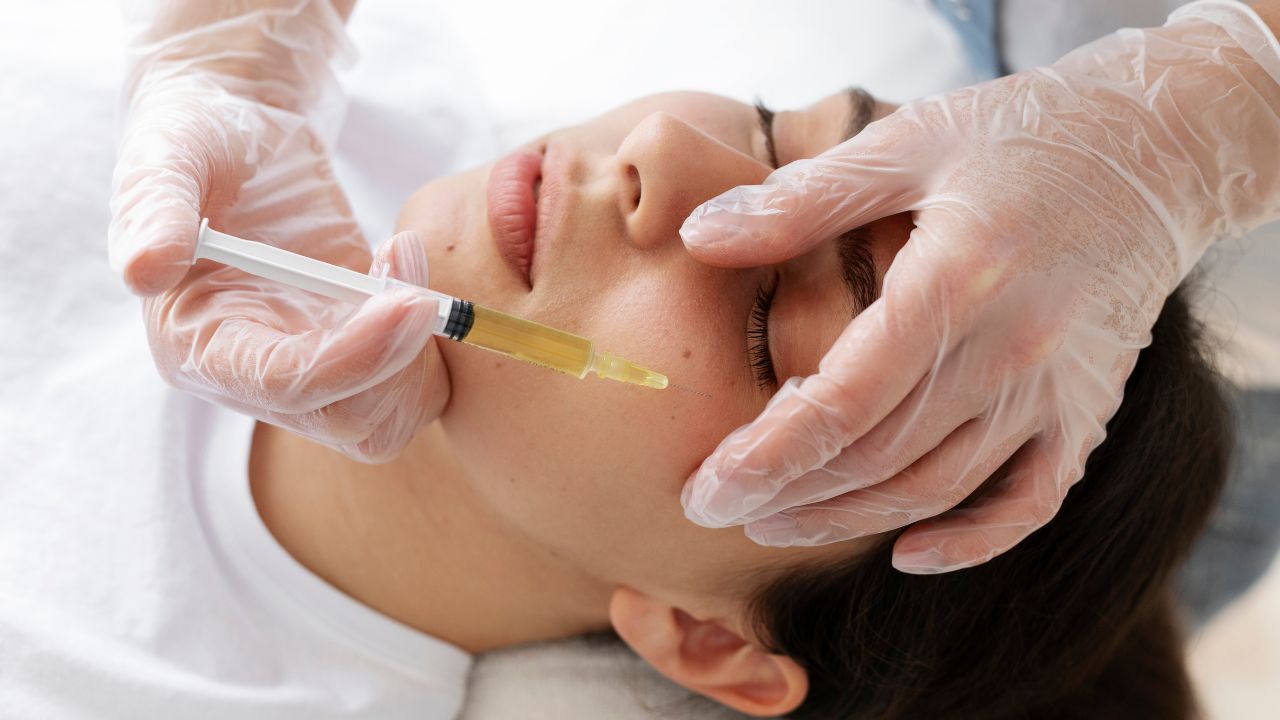
Common mistakes (and fixes)
Mistake: Treating PRP like “no downtime” and overdoing activity immediately
Fix: Keep activity light at first; follow your provider’s exact timeline (many recommend avoiding strenuous exercise for at least 24–48 hours).
Mistake: Heat exposure too soon (sauna, hot showers, steam rooms, heavy sun/heat)
Fix: Avoid heat early on. Heat can worsen swelling and redness while your skin is already reactive.
Mistake: Rubbing or massaging the area (especially under the eyes)
Fix: Don’t rub, press, or massage unless your clinician specifically instructs it.
Mistake: Using random products because “TikTok says so.”
Fix: Keep skincare simple and gentle until irritation calms down.
Mistake: Choosing a cheap, unlicensed, or sloppy setting
Fix: PRP involves blood handling and injection technique. A CDC investigation documented likely transmission of a bloodborne infection linked to unsafe practices in an unlicensed setting.
Mistake: Ignoring warning signs
Fix: Contact a clinician urgently if you have fever/chills, spreading redness, drainage, rapidly worsening pain, chest pain, or breathing difficulty.
FAQs
1) What are the most common PRP side effects?
The most commonly reported symptoms are temporary redness, swelling (edema), bruising, and soreness.
2) How long does swelling last after PRP injections?
In facial PRP research, edema typically lasts 1 to 7 days in many participants, though it varies by person and thearea treated.
3) Why does PRP cause swelling?
PRP is intended to trigger a controlled healing response. Local inflammation is a normal part of that process, which is why swelling and redness are common early effects.
4) Is bruising normal after PRP injections?
Yes. Bruising is frequently reported in clinical studies and generally resolves on its own.
5) Can PRP cause infection?
It’s uncommon, but infection is a known potential risk of PRP injections (as with other injections).
6) What are the signs of infection vs normal inflammation?
Normal: mild redness/tenderness that improves over days.
Concerning: fever, worsening pain, spreading redness, drainage, and feeling unwell.
7) Can PRP cause nerve injury?
It’s listed as a possible (less common) risk, similar to other injection-based treatments.
8) Who should avoid cosmetic PRP rejuvenation?
AAD notes PRP isn’t recommended for certain conditions (e.g., Hepatitis C, HIV/AIDS, certain blood cancers, some cardiovascular disease requiring blood thinners, and skin cancer in the area).
9) Is under-eye swelling after PRP different?
Often yes. Under-eye skin is thin and reactive, so swelling can look more dramatic and take longer to settle, even when it’s normal.
10) How can I reduce swelling safely?
Follow your provider’s plan. In many cases, clinicians recommend gentle aftercare (rest, keeping the area clean, avoiding heat/exertion, and simple soothing measures) while the reaction settles.
11) When should I call my provider after PRP?
If symptoms worsen instead of improving, especially fever, spreading redness, drainage, severe pain, chest pain, or breathing difficulty.
12) Are PRP side effects usually short-term?
Yes. Reviews of PRP in aesthetic/dermatologic contexts commonly describe adverse effects (burning/erythema/swelling/ecchymosis) as transient, resolving within days to 2 weeks in most cases.
Sources
1) Alam M, et al. Effect of Platelet-Rich Plasma Injection for Rejuvenation of Photoaged Facial Skin: A Randomized Clinical Trial. (JAMA Dermatology, 2018) – full text (PMC)
https://pmc.ncbi.nlm.nih.gov/articles/PMC6583756/
2) Johns Hopkins Medicine — Platelet-Rich Plasma (PRP) Injections (risks include bleeding, tissue damage, infection, nerve injuries)
3) American Academy of Dermatology — PRP rejuvenation: who it’s not recommended for
https://www.aad.org/public/cosmetic/younger-looking/platelet-rich-plasma-secret-to-younger-skin
4) Banihashemi M, et al. Platelet-rich plasma use for facial rejuvenation: clinical trial + review (edema/bruising lasted 1–7 days in many participants) (Acta Biomed, 2021) – full text (PMC)
https://pmc.ncbi.nlm.nih.gov/articles/PMC8182581/
5) Lin MY, et al. Progress in the Use of Platelet-rich Plasma in Aesthetic and Dermatological Medicine (2020) – full text (PMC)
https://pmc.ncbi.nlm.nih.gov/articles/PMC7595356/
6) CDC MMWR (Apr 25, 2024). Investigation of Presumptive HIV Transmission Associated with PRP + microneedling facials at an unlicensed spa (infection-control warning)

